I will sleuth around with two Asian-themed scarves today...
Since Turandot was mentioned earlier in the week, I will start with it.
This Grail by Natsuno Hidaka is inspired by a 12th century Persian legend that Friedrich Schiller adapted for theater. Italian composer Giacomo Puccini found inspiration in Schiller’s play to compose his last, unfinished operatic masterpiece, Turandot. The operatic version of the tale takes place in China, where Prince Calaf falls in love with the cold-hearted Princess Turandot, who has established a contest to find a consort whereby the suitors must solve a riddle or be put to death. Calaf succeeds and eventually wins the princess’ heart. At the center of the design, the protagonists sit in royal splendor surrounded by lotus blooms.
The main body of the carré presents an elaborate geometric pattern of Asian motifs decorated by a lyrical and romantic display of beautiful flowers, birds and butterflies. At each of the four corners, appear fabled and mystical creatures of Chinese mythology and lore. At the top left corner appears the phoenix, legendary royal mascot representing the power of renewal and rebirth. At the top right appears the imperial dragon, symbol of royal power and harbinger of good fortune. At the bottom right corner, the tortoise is pictured as emblem of longevity and all that is lasting and permanent. At bottom left appears the lion, who represents fortitude and success.
View attachment 4925310
View attachment 4925305
View attachment 4925309
View attachment 4925308
View attachment 4925306
View attachment 4925307
Akira Yamaguchi’s Les Artisans d’Hermes is full of interesting details...
The artist envisions the world of Hermès, from its artisans and laborers working on all phases of fabrication and construction, to the Lyon factory, to the Paris FSH store, as a Japanese universe.
The Hermès catalog states, “Akira Yamaguchi is an artist from Tokyo who is inspired by traditional pictorial forms, which he interprets in a personal and innovative way. Invited to France by Pierre-Alexis Dumas, he discovered the different facets of Hermès. This composition is a meeting of Japanese culture and Lyon silk know-how and pays tribute to the artisans... depicting the Faubourg Saint-Honoré store in Paris and the silk, leather and saddlery workshops.”
The design displays a birds-eye-view of his universe mixing ancient Japanese motifs and styles with the humor and techniques of contemporary manga cartoon art. Yamaguchi’s way of showing an overhead view with multiple perspectives, the fluid clouds dividing the various scenes and intimate rendering of indoor vignettes are typical of the Heian period’s yamato-e stye. This is a tongue-in-cheek mix of the traditional with the contemporary and fantastical... a world where suddenly a samurai sports a fleur-de-lys heraldic flag while riding a quixotic hybrid chimera and the steel frame of the Eiffel Tower is decorated with tiers of a pagoda. Here, all the objects inside the Hermès museum are historical Japanese pieces; the flagship statue on the Hermès boutique becomes a flag-wielding samurai; the scarves being produced are Yamaguchi’s design, becoming a scarf-within-a-scarf; and, all parts of production, such as the saddlemakers are transformed into traditional Japanese artisans,
View attachment 4925304
View attachment 4925298
View attachment 4925302
View attachment 4925300
View attachment 4925301
View attachment 4925303
 .
.  forum.purseblog.com
forum.purseblog.com
 .
. 




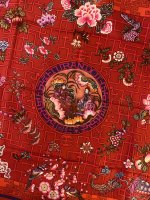
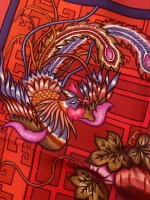
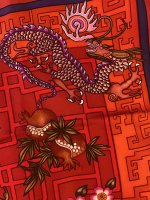

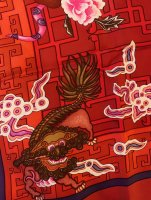

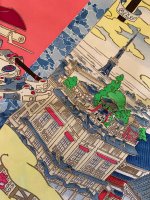
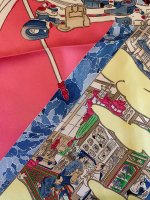
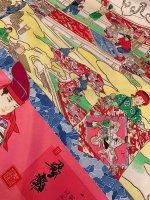
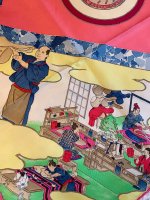
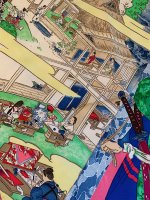

 .
.
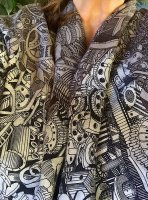
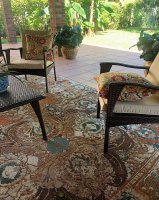
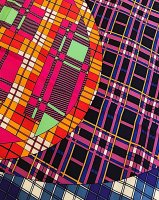

 So glad it has been a "subject" this week.
So glad it has been a "subject" this week.  I just love her!!!
I just love her!!!


